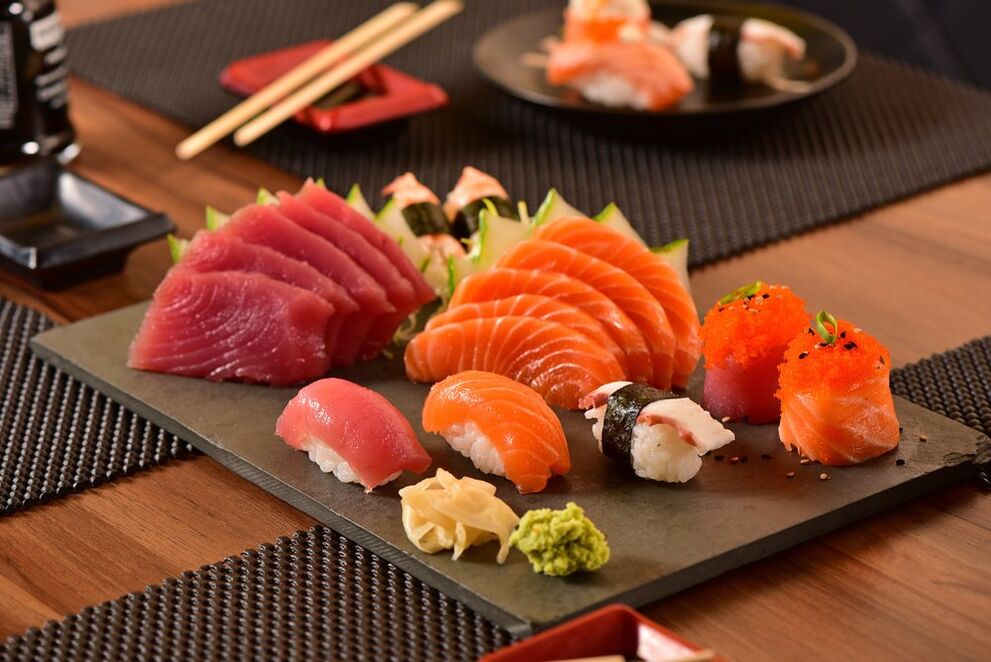It is no secret that different countries have their own cooking habits and preferences. Japanese cuisine attracts many people, because among the residents of the Land of the Rising Sun, there are few overweight people. Being close to the sea has left a mark on the diet, but rice has always been and remains the most important cereal crop here. The 14-day Japanese diet has the correct menu consisting of these products, and the rest of the nutritional system has nothing to do with it.
Japanese eating habits
These "small" and hardworking people mainly eat seafood. Entering the sea can satisfy their protein needs for getting along with fish and other marine life. The omega polyunsaturated fatty acids they contain can prevent many cardiovascular diseases and reduce the risk of death from heart attacks and strokes. Scientists at the Tufts New England Medical Center in Boston, USA confirmed this. The Japanese love of sushi and rolls is well known, and the menu in this country often includes seaweed.
They have prepared fermented foods for more than a thousand years, which have contributed a lot to weight loss and weight maintenance. But even if you don't have access to traditional miso, you can easily replace it with sauerkraut. Their traditional menu does not include sweets, pastries and pastries. In this country, the consumption of desserts is very limited, so those who are attracted to the Japanese diet will have to abandon them. But almost every meal should be accompanied by tea. Chinese scientists from Zhejiang University have shown that matcha water extract has a positive effect on the antioxidant status, lipid and glucose levels in a fat-rich diet.
What foods can you eat in your diet?

The Japanese diet has nothing to do with those rigid food systems that are so common on the Internet. Why starve yourself when you can create a complete and reasonable menu of seafood and fish, eggs, rice, various fruits and vegetables. If you want, you can add meat to your diet, but you can only include lean meats-chicken breast, beef, veal, rabbit. It is best to grill, boil or steam, because frying as a cooking process is not typical in Japanese culture and has long been proven to be unhealthy.
This is a sample menu for one day:
- Breakfast, bread with cheese and tea;
- The second breakfast includes fruits, such as bananas;
- Lunch, boiled vegetable soup and steamed fish;
- Afternoon snacks, porridge;
- Prepare a seafood salad for dinner.
The Japanese diet lasts for 14 days. During this period, you can lose 1 to 5-7 kg, depending on the person’s weight at the beginning. Of course, you should first consult a specialist, especially if you suffer from gastrointestinal diseases. You can suggest that they add fermented milk beverages to the menu more frequently-fermented baked milk, kefir, yogurt, but only choose natural beverages with a short shelf life.














































































